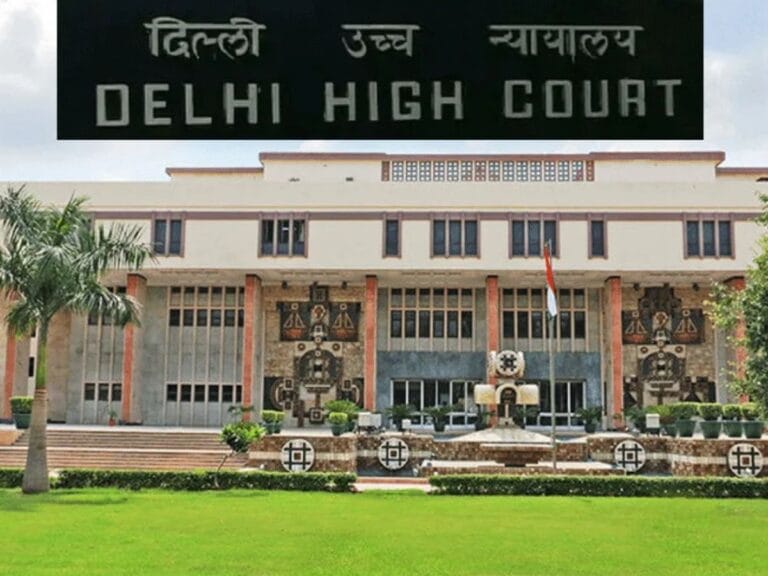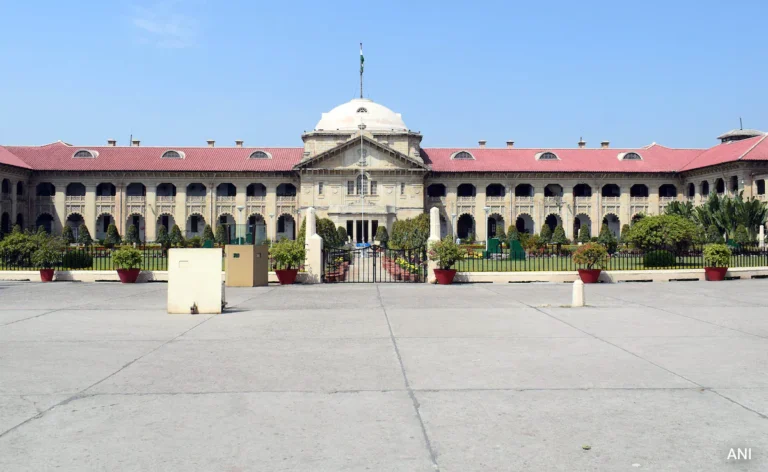
Karnataka High Court: Too Early to Blame RCB Tweet for Chinnaswamy Stampede
The authority that was formerly delegated to magistrates in accordance with Section 144 of the Code of Criminal Procedure, 1973 has been transferred to Section 163 of the Bharatiya Nagarik Suraksha Sanhita, 2023.
In accordance with the previous legislation, district and sub-divisional magistrates had the authority to issue orders that prohibited gatherings or activities that were regarded to be an immediate danger to the public peacefulness, life, or property.
During the course of a single year, the provision was utilized more than six thousand times in urban regions alone, frequently for the purpose of imposing curfews or blocking meetings at short notice.
For any queries or to publish an article or post or advertisement on our platform, do call at +91 6377460764 or email us at contact@legalmaestros.com.
For a long time, critics have suspected that Section 144 of the Criminal Procedure Code allows for executive overreach, restricting freedoms of assembly and speech without providing enough procedural protections.
The authors of the BNSS wanted to ensure that the important capacity to address urgent situations of annoyance or anticipated risk would be preserved while also incorporating more robust guarantees of reasoned decision-making and rights of protest.
The BNSS is scheduled to go into effect on July 1, 2024. An “authorised officer,” which is often a senior executive magistrate or a specially appointed police official, is granted the authority under Section 163 to issue written orders barring certain conduct in situations where there is a high probability that delay would result in serious negative consequences.
For any queries or to publish an article or post or advertisement on our platform, do call at +91 6377460764 or email us at contact@legalmaestros.com.
Notably, the new provision requires the officer to document in writing the particular facts and reasoning that justify the order. This is a very important requirement.
For More Updates & Regular Notes Join Our Whats App Group (https://chat.whatsapp.com/DkucckgAEJbCtXwXr2yIt0) and Telegram Group ( https://t.me/legalmaestroeducators )
In contrast to the previous Section 144, which allowed for verbal communication and later reduced to written form, Section 163 mandates the use of contemporaneous documentation, which guarantees transparency from the very beginning.
For any queries or to publish an article or post or advertisement on our platform, do call at +91 6377460764 or email us at contact@legalmaestros.com.
Changing the length of time that emergency bans are in effect is yet another important alteration. In accordance with the Criminal Procedure Code, a Section 144 order may continue to be in effect for a period of up to sixty days, and the magistrate may choose to renew it indefinitely.
In order to prevent this from happening, the BNSS initially restricts prohibitory orders to a maximum of fifteen days. Any extension of this time restriction necessitates the provision of new, detailed rationale and, in many instances, the permission of a higher court authority.
This time-boxing has been implemented with the intention of preventing the suspension of fundamental rights for an unlimited period of time under the pretense of maintaining public order. This will force the authorities to reconsider the necessity of limitations at shorter intervals.
For any queries or to publish an article or post or advertisement on our platform, do call at +91 6377460764 or email us at contact@legalmaestros.com.
Additionally, Section 163 establishes a transparent process by which affected individuals can contest prohibitory orders with clarity. Within forty-eight hours of the order’s issuing, the officer is required to make the order available to the public in forms that are easily accessible and to make it abundantly apparent that the public has the opportunity to file written objections.
Following the submission of objections, the officer is required to carry out a summary hearing within a period of seven days in order to either reconsider or revoke the decision.
The previous system, in which there was no statutory right to an objection hearing against a Section 144 order until after a judicial challenge, at which point the limitations would already have disturbed civic life, stands in striking contrast to the current system.
For any queries or to publish an article or post or advertisement on our platform, do call at +91 6377460764 or email us at contact@legalmaestros.com.
The incorporation of Section 163 into a unified public-order law is further shown by the structural location of the section inside the BNSS. The same chapter consolidates authorities that are close to one another, such as the capacity to disperse unlawful meetings, the authority to demand civilian help in times of emergency, and the authority to deploy forces that are capable of quick reaction.
The law attempts to increase consistency and easy of comprehension for both administrators and people by bringing together these connected functions under a single statutory head. This will reduce the reliance on various cross-referenced articles of the Criminal Procedure Code.
An method that is more measured has been proven by the early implementations of Section 163. In response to the escalating tensions amongst the inhabitants of a particular neighborhood, the authorities issued a narrowly limited order that prohibited processions along two streets.
For any queries or to publish an article or post or advertisement on our platform, do call at +91 6377460764 or email us at contact@legalmaestros.com.
This order was accompanied by a public notice that invited locals to provide their views. A week later, the magistrate let the order to expire without being renewed since he had not received any objections that could be proven and he had observed a decrease in the amount of speech that was provocative.
Such targeted actions with a short amount of time have been praised by advocates for civil rights as exemplifying the “suraksha-centric” philosophy of the Bangladesh National Security Service (BNSS), which seeks to strike a balance between providing rapid crisis response and protecting individual liberties.
On the other hand, the transformation has not been without of difficulties. When it comes to making specific orders and conducting objection hearings, magistrates who were accustomed to the extensive discretion that was provided under the previous Section 144 have been confronted with a more significant administrative burden.
For any queries or to publish an article or post or advertisement on our platform, do call at +91 6377460764 or email us at contact@legalmaestros.com.
In order to integrate long-standing traditions with the rigorous administrative procedures of the BNSS, law enforcement agents and legal practitioners have had to climb a steep learning curve.
The Ministry of Home Affairs has released training programs and model templates with the intention of easing this transition. These programs and templates emphasize that the fundamental nature of keeping public order stays the same, despite the fact that procedures are constantly evolving.
When we look to the future, we can see that the effectiveness of Section 163 will be contingent on judicial scrutiny and continuous application. In order to establish precedents that will serve as a reference for magistrates all throughout the country, high courts are getting ready to interpret the new standards for reason-recording and the limit of extensions that are authorized.
For any queries or to publish an article or post or advertisement on our platform, do call at +91 6377460764 or email us at contact@legalmaestros.com.
Increasing public knowledge of the right to object will be of equal importance. This will ensure that communities have the opportunity to engage in constructive dialogue rather than having to resort to court applications after the fact.
In the event that the BNSS fulfills its promise, Section 163 will serve as an example of a contemporary approach to urgent public-order authorities. They will be prompt and effective in situations where danger is imminent, while still being constrained by explicit norms that safeguard democratic freedoms.





![JOB POST: Junior Associate at ASM Law Chambers, Jaipur [Freshers]](https://legalmaestros.com/wp-content/uploads/2025/11/Gemini_Generated_Image_8wrxer8wrxer8wrx-768x708.png)

